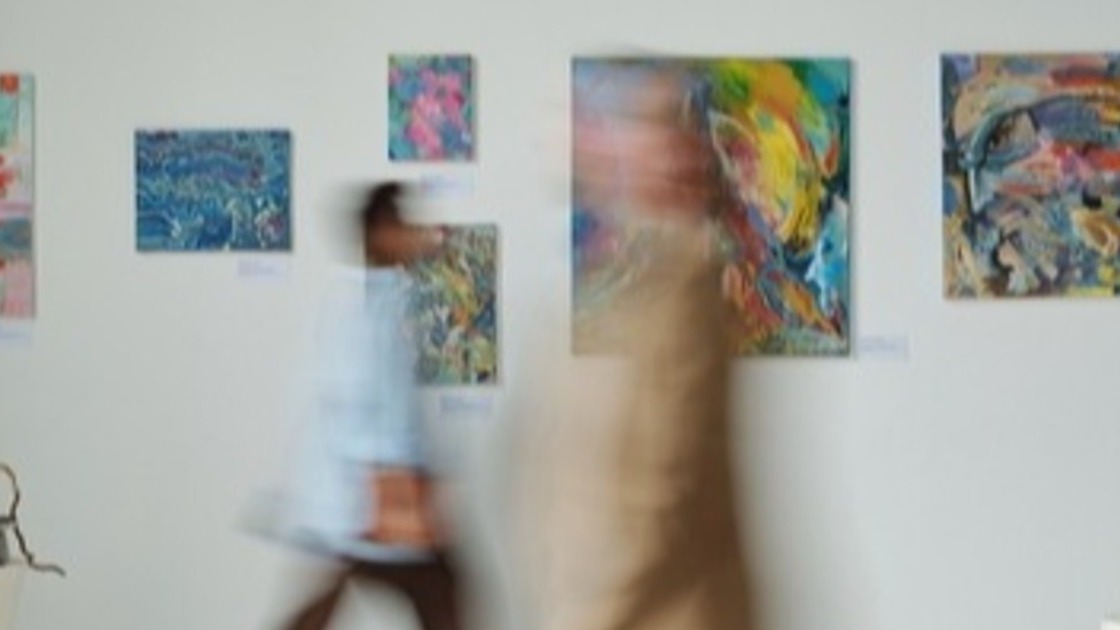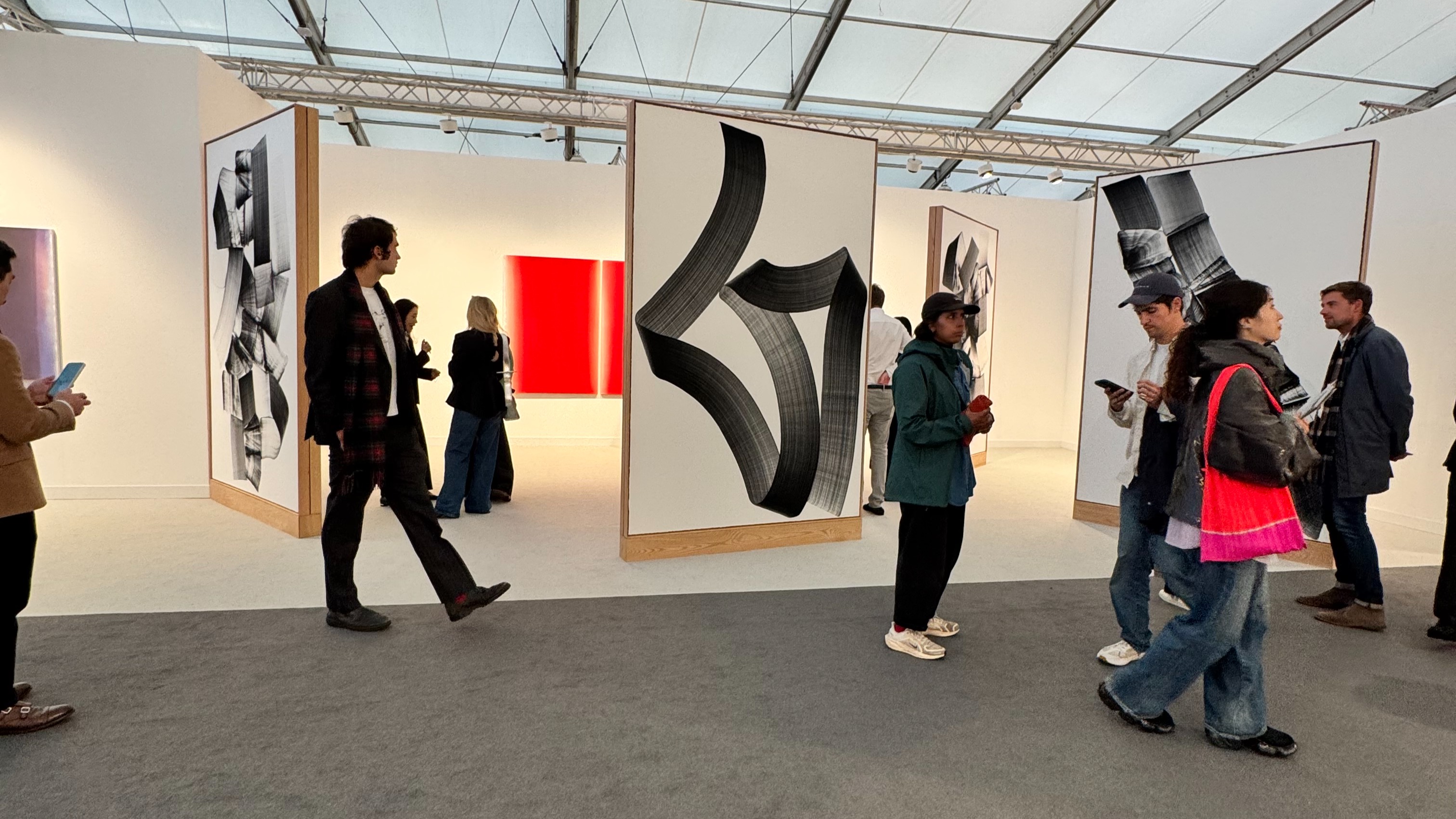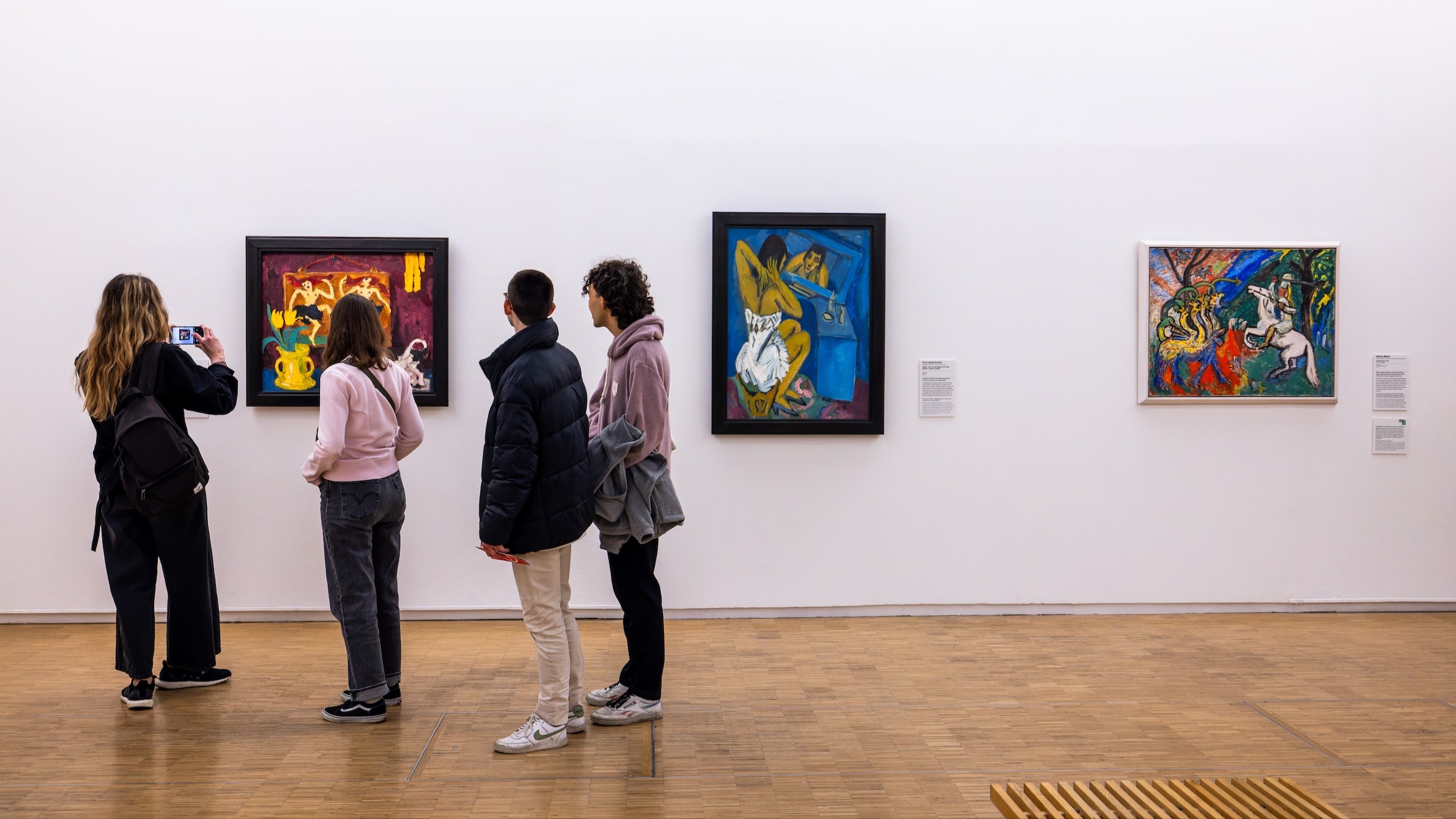
The Top Contemporary Artists to Know in 2025
When it comes to contemporary art, there's a real shift taking place in the global art scene in 2025. In a world hungry for meaning, beauty and confrontation, a new generation of artists is rising with works that don’t just decorate walls but provoke, affirm and interrogate. These artists are not bound by geography or medium, and they move fluidly between painting, sculpture, installation and performance, often challenging the very definitions of art itself.
Take Ghanaian painter Amoako Boafo, whose richly textured portraits seem to reach out from the canvas. Using his fingers rather than brushes, Boafo reclaims the act of representation with a visceral intimacy. His vibrant figures celebrate Black identity with poise and tenderness, and his rise — from Accra to Miami to the walls of major museums — speaks to a global hunger for authentic, self-possessed narratives. His work, both striking and accessible, has placed him firmly at the heart of a contemporary renaissance rooted in heritage and pride.
That same boldness pulses through the abstract canvases of Jadé Fadojutimi, the youngest artist in the Tate’s collection. Her work is less about depiction and more about sensation. Fadojutimi’s dynamic compositions pulse with energy, confusion and emotion, often capturing the contradictions of modern identity in a post-digital world. Her paintings feel like psychological weather reports, forecasting inner storms with colour and movement.
The inner world takes an altogether different form in the surreal self-portraits of Sasha Gordon, an Asian-American artist who stages theatrical, hyperreal scenes where bodies twist, split and multiply (an example of which is represented in the cover image of this article). Her work is both unsettling and magnetic, addressing queerness, vulnerability and the fractured nature of selfhood in a culture of overexposure. In Gordon’s universe, the gaze is not something to avoid, but something to deconstruct.
This same interrogation of image and identity drives South Korean artist Moka Lee, whose portraits channel digital aesthetics into soft, painterly compositions. Her subjects — wide-eyed, hyper-glossed, suspended in curated stillness — echo the pressures of beauty and performance in an online age. Lee’s work hovers between traditional figuration and the visual language of Instagram, asking what it means to really be seen.
As the art world contends with questions of identity and image, others are grounding their work in the earth itself. Luana Vitra, a Brazilian sculptor, builds raw, mineral-based forms that speak to land, ancestry and political memory. Her sculptures, often rough and elemental, serve as tactile reminders of colonial trauma and the resilience encoded in materials. Through her use of clay, stone and metal, Vitra creates spaces where the past is not buried but unearthed.
Themes of nature and transformation are echoed in the work of Yaya Yajie Liang, whose organic abstractions seem to shift and breathe with each glance. Liang’s practice merges myth, biology and the environment into dreamy, shape-shifting compositions that blur the boundaries between the natural and the imagined. It’s no surprise her pieces have been championed by curators focused on the ecological and spiritual dimensions of contemporary practice.
This blending of disciplines finds a powerful expression in Kennedy Yanko, whose work straddles sculpture and painting through what she calls 'paint skins'. By manipulating metal and molten pigment, Yanko creates fluid, muscular works that suggest both ruin and rebirth. Her pieces feel like remnants of collapsed architecture, or perhaps, the emergence of something new from the industrial past. In Yanko’s hands, weight becomes motion and destruction, a kind of grace.
A quieter but equally impactful presence in this landscape is Wendy Park, whose minimalist canvases and textile-based pieces offer a counterpoint to louder, more maximalist trends. Drawing from Korean craft traditions and natural pigments, Park’s work is meditative and grounded, inviting viewers to slow down. In a world of visual overstimulation, her pieces offer a rare silence.
That said, contemporary art is not always quiet. It shouts, sings and dances, especially in the work of Coumba Samba, a Senegalese-American artist who uses sculpture, sound and scent to confront colonial histories. Samba’s immersive installations blur the line between art and ritual, encouraging audiences to feel history rather than just learn it. Her rising presence in Europe is a testament to the increasing appetite for embodied, multi-sensory storytelling.
On the other side, there are artists who revel in the grotesque and celebration. Ilana Savdie, a Colombian-American painter, creates wild, carnivalesque images that distort and explode the human form. Her canvases channel the energy of drag culture, Latinx mythology and bodily transformation. The effect is at once joyful and jarring — an exuberant protest against the confines of identity.
Together, these artists reflect a profound shift in the art world’s centre of gravity. No longer tethered to Western traditions or market trends alone, contemporary art in 2025 is increasingly defined by multiplicity: of voices, geographies and materials. From Christina Quarles’ tangled bodies to Tschabalala Self’s mixed-media Black femininities, from Salman Toor’s intimate queer narratives to Tasneem Sarkez’s experimental glasswork, the field is expansive and uncontainable.
This is not a moment of aesthetic trend, but of tectonic movement. The artists defining contemporary art today are not simply making objects; they’re building new languages. For collectors, curators and audiences alike, it’s not just about who to watch next, but how to listen more deeply to what they’re already saying.
Sources:
-
Big Time Arts, 'Top Artists to Watch in 2025', bigtimearts.com
-
The Collector, '10 Contemporary Artists Reshaping the Art World', thecollector.com
-
Artnet, 'Artist Profiles and Market Insights', artnet.com
-
Wallpaper, 'The Artists Making Waves in 2025', wallpaper.com
-
Fincul, 'Curators’ Picks: Emerging Talents', fincul.com
-
Artsy, 'Editorial Features', artsy.net
All sources accessed August 2025.
Cover image features a work by Sasha Gordon, 'My Love of Upholstery and Untitled', displayed in New York, USA (February 2025), source: Shutterstock.




